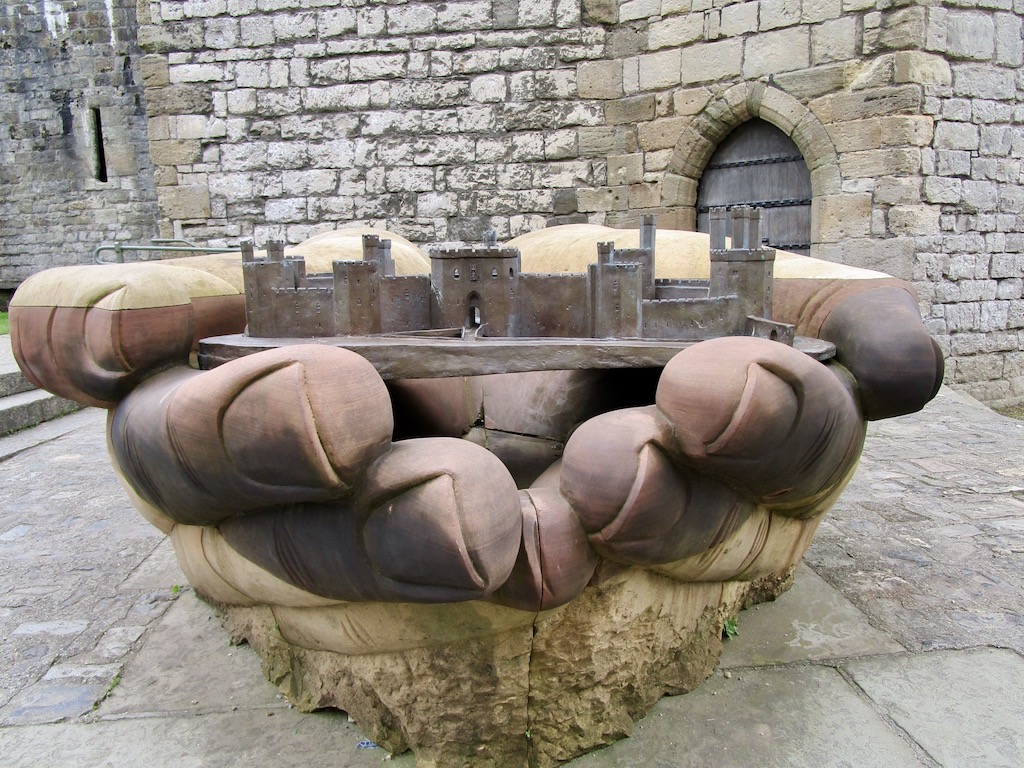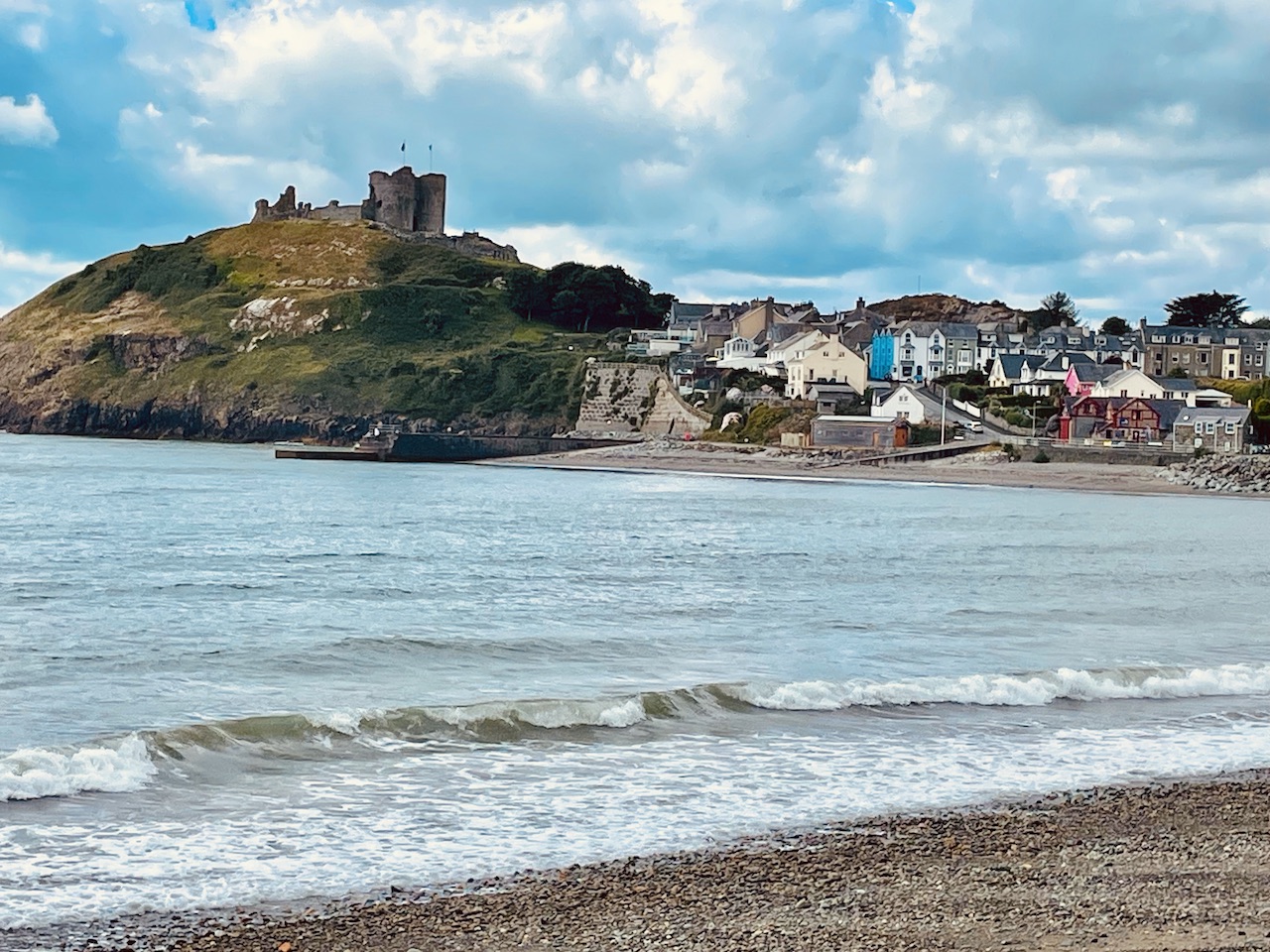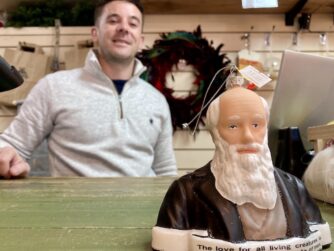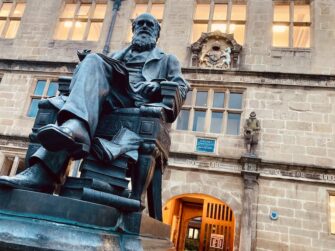
A summer assignment for Wanderlust Magazine took me on a slow-travel odyssey along the North Wales Way.
It’s one of three new routes devised by Visit Wales to look afresh at regions most people think they already know.
In terms of North Wales, visitors often drive from the North Wales border outside Chester to the tip of Anglesey in a day. But they’re missing out.
Here’s a flavour of my feature:
Unesco-listed castles and picture-postcard villages; stone-skimming beaches and ancient Celtic sites; plus, some of the best in local produce from independent food champions proud of their region’s natural bounty. It’s time to look afresh at North Wales.
The journey took in the new interpretation at Caernarfon Castle [pictured above], Plas Newydd on Anglesey and Beddglert before heading onto Conwy and Llandudno.
My trip ended with a preview of Skyflier, the much-anticipated new attraction in Rhyl from the Zip World group.
Over coffee pre departure. founder Sean Taylor enthused:
“Rhyl is a sleeping giant. It was the bucket-and-spade seaside town of my childhood but could become North Wales’ answer to New Zealand’s South Island.”
Read the full feature, Waking a Sleeping Giant, in the new issue of Wanderlust Magazine here.
- Liked this? Try also How to explore the traditional seaside town of Criccieth, North Wales



